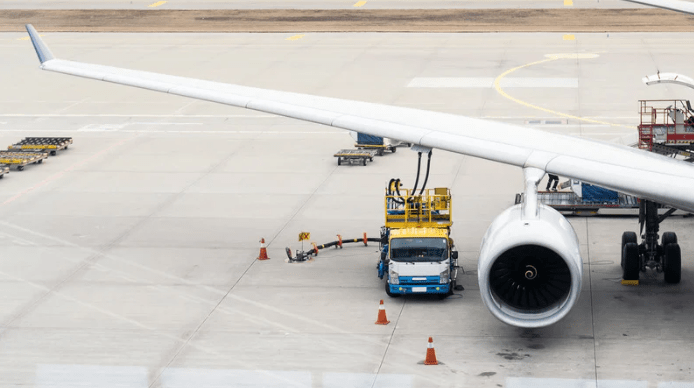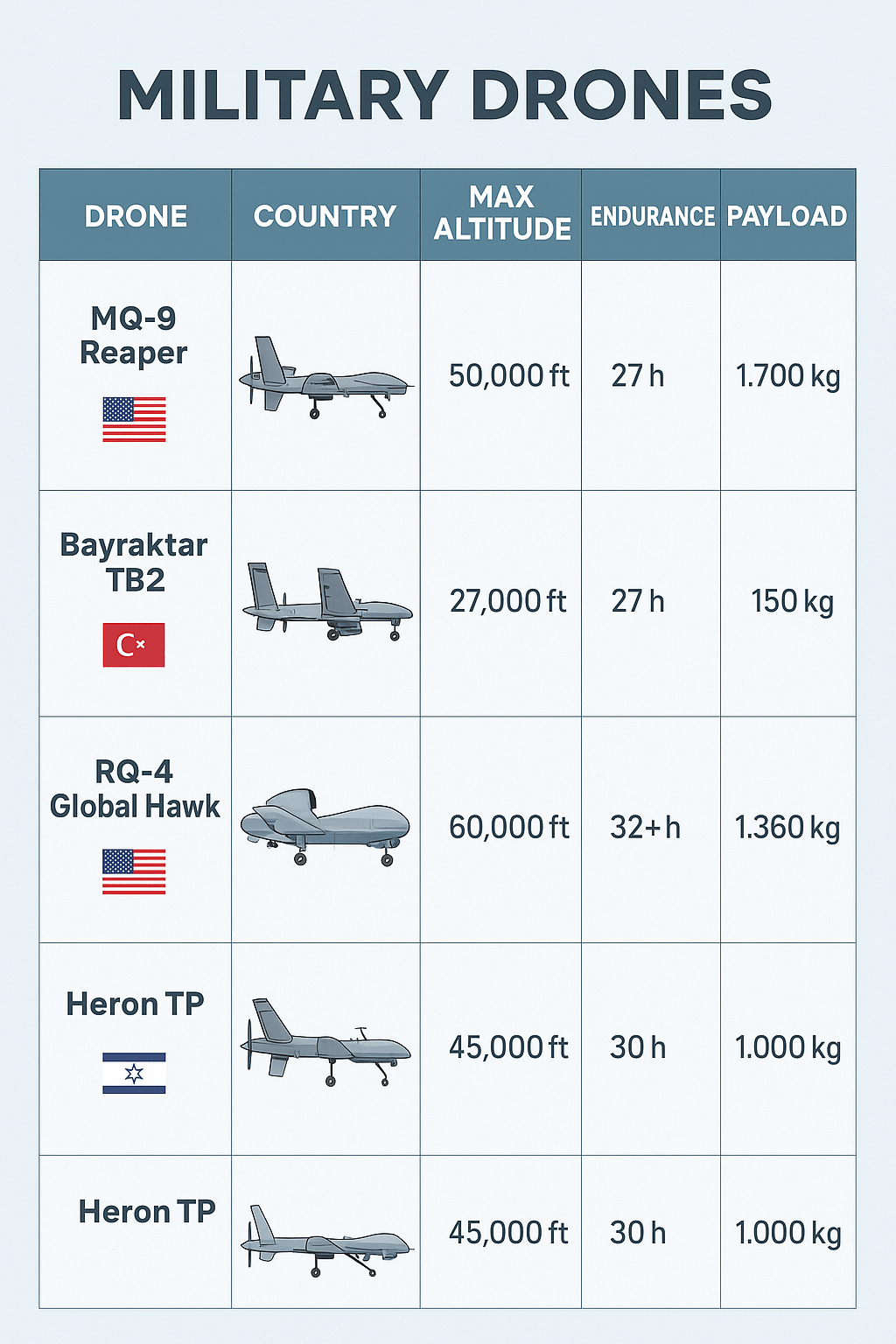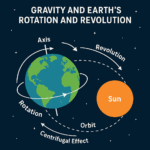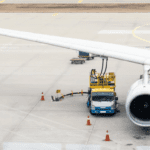
Comparative Analysis of Fuel Consumption by Different Airplanes

Fuel efficiency is a critical factor in the aviation industry, not only for economic reasons but also for its environmental impact. As the demand for air travel continues to rise, understanding how much fuel different airplanes consume is essential for airlines, passengers, and environmental advocates alike. This blog post provides a comparative analysis of fuel consumption across various airplane models, supported by stats, analytics, and grids to give you a clear picture of the efficiency of modern aviation.
Why Fuel Efficiency Matters
Fuel efficiency in aviation is measured in terms of fuel burned per passenger-kilometer (L/100 km per passenger) or fuel burned per hour (L/h). Efficient fuel consumption helps airlines reduce operational costs, lower ticket prices, and minimize the carbon footprint of air travel. This is crucial in the context of growing concerns about climate change and the aviation industry’s contribution to global greenhouse gas emissions.
Key Factors Influencing Fuel Consumption
- Aircraft Design: The aerodynamic design, weight, and engine technology of an airplane play a significant role in its fuel efficiency.
- Flight Distance: Long-haul flights tend to be more fuel-efficient per passenger-kilometer than short-haul flights due to the lower fuel burn during cruise compared to takeoff and landing.
- Load Factor: The number of passengers or cargo an aircraft carries can influence its fuel efficiency. Higher load factors generally improve efficiency.
- Weather Conditions: Wind patterns, air pressure, and temperature can affect fuel consumption.
- Operational Practices: Flight planning, speed, altitude, and maintenance practices also impact fuel efficiency.
Comparative Analysis of Fuel Consumption
Let’s analyze the fuel consumption of different airplane models, focusing on popular commercial aircraft.
| Aircraft Model | Fuel Consumption (L/100 km per passenger) | Fuel Consumption (L/h) | Range (km) | Seating Capacity |
|---|---|---|---|---|
| Airbus A320neo | 2.3 | 2,500 – 3,200 | 6,300 | 150 – 240 |
| Boeing 737 MAX 8 | 2.5 | 2,400 – 2,700 | 6,570 | 162 – 230 |
| Boeing 787-9 | 2.2 | 5,300 – 6,000 | 14,140 | 242 – 290 |
| Airbus A350-900 | 2.4 | 5,500 – 6,100 | 15,000 | 300 – 350 |
| Boeing 777-300ER | 2.9 | 6,800 – 7,200 | 13,650 | 365 – 451 |
| Airbus A380-800 | 3.3 | 12,000 – 13,000 | 15,200 | 555 – 853 |
Detailed Breakdown
- Airbus A320neo: The A320neo is one of the most fuel-efficient narrow-body aircraft, burning approximately 2.3 liters per 100 km per passenger. Its advanced aerodynamics and new engine options make it a preferred choice for short to medium-haul flights.
- Boeing 737 MAX 8: With a fuel consumption of around 2.5 liters per 100 km per passenger, the 737 MAX 8 is a direct competitor to the A320neo. It offers similar fuel efficiency and is widely used for domestic and short international flights.
- Boeing 787-9: Known as the Dreamliner, the 787-9 has a fuel consumption rate of about 2.2 liters per 100 km per passenger, making it one of the most efficient long-haul aircraft. Its composite materials and advanced engines contribute to its low fuel burn.
- Airbus A350-900: The A350-900, with a fuel consumption of 2.4 liters per 100 km per passenger, is another long-haul aircraft designed for fuel efficiency. Its lightweight structure and modern engines allow for extended range and lower emissions.
- Boeing 777-300ER: Although not as fuel-efficient as newer models, the 777-300ER still manages a respectable 2.9 liters per 100 km per passenger. It is widely used for international routes due to its range and passenger capacity.
- Airbus A380-800: The A380, despite its size, consumes about 3.3 liters per 100 km per passenger. However, its large seating capacity can spread the fuel cost over more passengers, making it somewhat efficient for high-demand routes.
Fuel Efficiency Trends and Future Outlook
The aviation industry is constantly innovating to improve fuel efficiency. New technologies, such as blended wing body designs, hydrogen-powered engines, and electric aircraft, promise to reduce fuel consumption even further. Airlines are also increasingly adopting sustainable aviation fuels (SAFs) to lower their carbon footprint.
Conclusion
Understanding the fuel consumption of different aircraft is crucial for airlines aiming to optimize their operations and for passengers interested in minimizing their environmental impact. As this analysis shows, modern aircraft are becoming increasingly fuel-efficient, driven by advances in technology and a growing emphasis on sustainability.
Hello, I am Aman (: Full Time Traveler :) At the age of 41, in April 2023, fueled by my love for travel and the determination not to remain fixed like a tree, I embarked on a bold journey. Having dedicated 17 years to a corporate job, I chose to transition from a full-time employee to a full-time traveler, driven by the desire to break free from the routine and constraints of a conventional life. Along the way, I not only explored the wonders of travel but also uncovered the transformative power of financial freedom. I realized how it could liberate me to lead a life teeming with adventure, purpose, and fulfillment. Through my blogs, I am passionately sharing my story, aiming to inspire and provide valuable guidance to those, like me, who aspire to weave travel into a life overflowing with limitless possibilities.






















Post Comment
You must be logged in to post a comment.